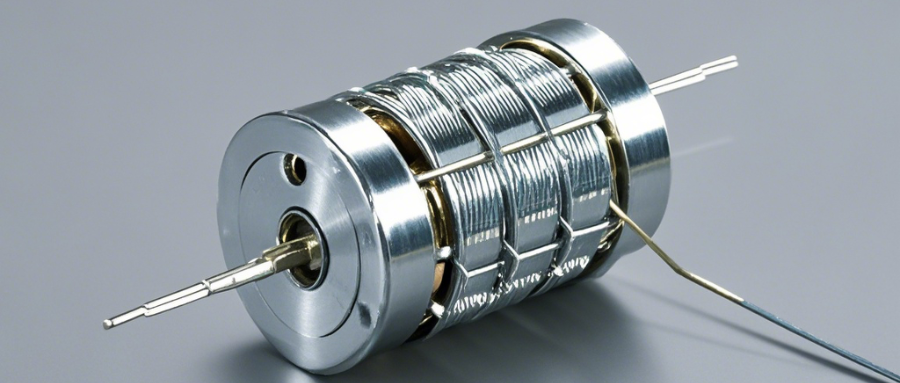In DC-DC converters, inductors play a vital role, and their role is mainly reflected in the following aspects:

Energy storage: Inductors store energy in DC-DC converters. When the switching element (such as MOSFET) is turned on, one end of the inductor is connected to the input voltage through the switch, and the other end is connected to the output load. In this process, the current of the inductor increases, thereby storing energy in the inductor. When the switching element is turned off, the inductor releases the stored energy through its self-inductance effect, causing the current to steadily decrease, thereby providing a stable current for the output.
Current stability: Since the inductor generates a back electromotive force to the change of current, it can smooth the ripple in the output current and improve the stability and ripple suppression capability of the current. This is very important for maintaining the stability of the converter output voltage.

Filtering: The inductor works in conjunction with the output capacitor to form an LC filter, which further filters the ripple of the output current and voltage, making the output smoother.
Impedance matching: In some DC-DC converter designs, inductors are used to match the impedance between the input and output to reduce energy loss and improve efficiency.
Synchronous rectification: In synchronous rectification DC-DC converters, inductors are used to control the on and off of switching elements to achieve higher efficiency. In this case, the design of the inductor has an important impact on the efficiency and performance of the entire converter.
Current limitation: Inductors can also play a current limiting role in the circuit to prevent excessive current caused by sudden load increase or other reasons, and protect the circuit from damage.
Energy recovery: In a switch mode power supply (SMPS), the inductor helps to recover energy when the switching element is turned off, reducing energy waste.
Therefore, the design of the inductor in the DC-DC converter is crucial, which directly affects the efficiency, stability, output quality and overall performance of the converter. The selection of the inductor needs to consider multiple parameters such as its inductance value, saturation current, DC resistance, inductive reactance, quality factor, as well as factors such as its physical size and cost.







